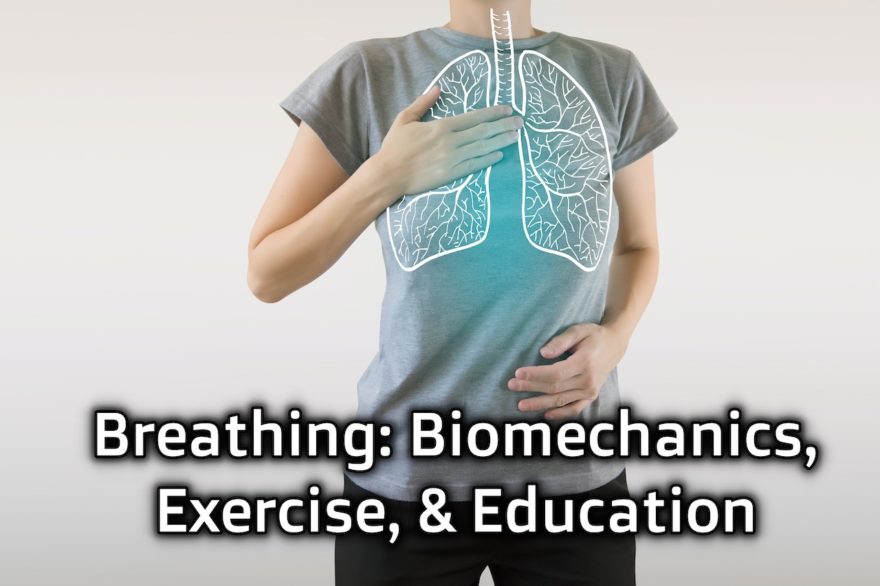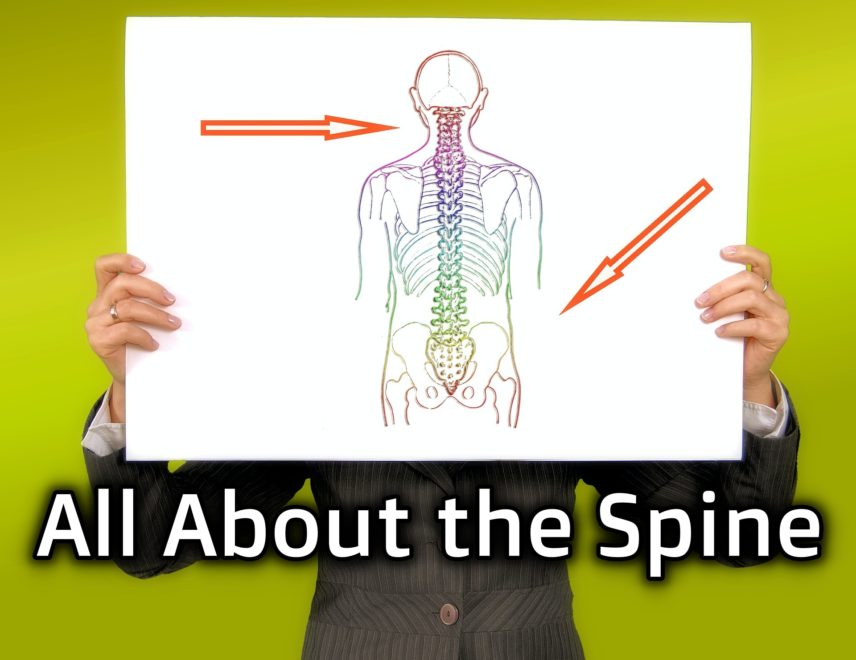Tag: breathing
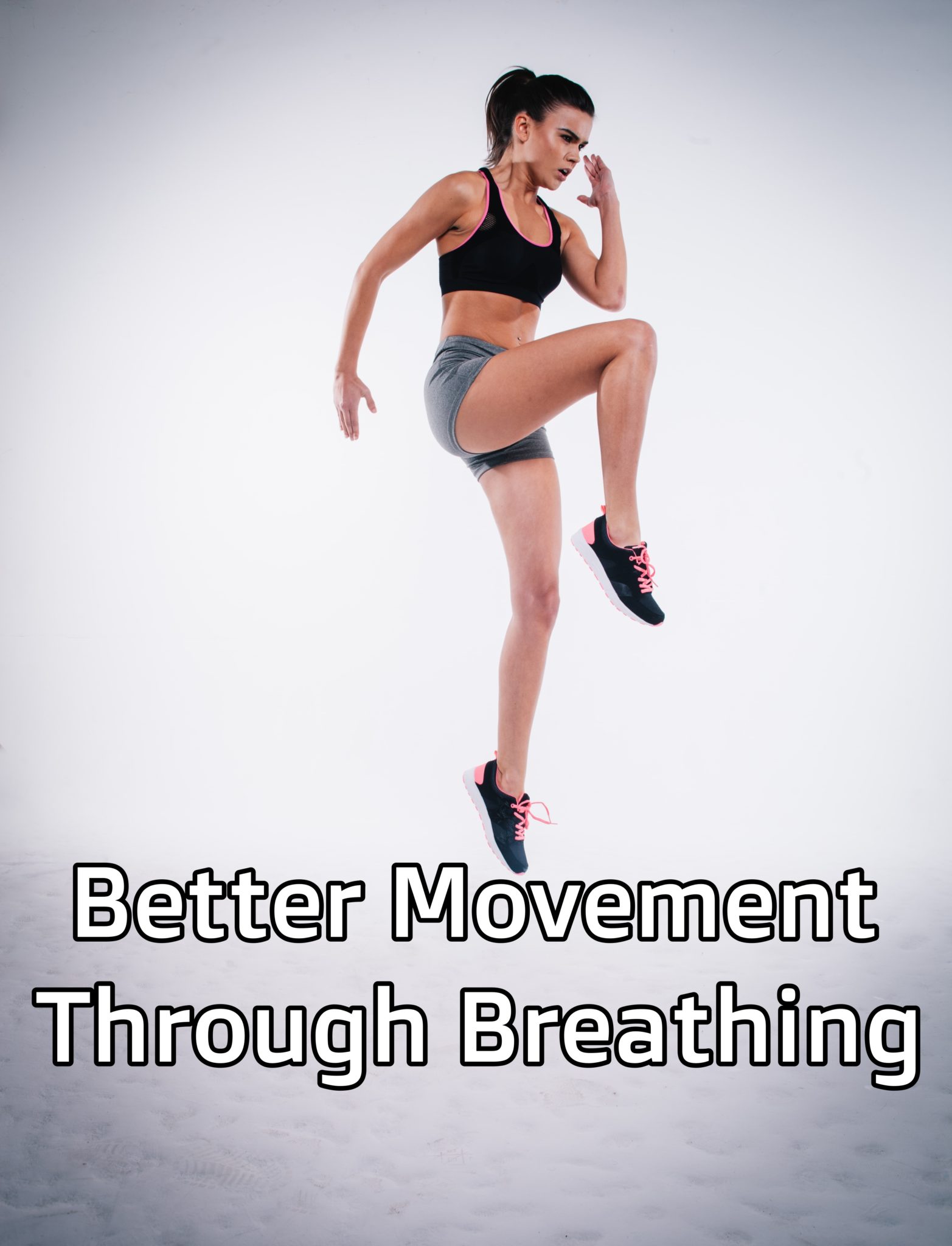
Better Movement Through Breathing
If you want simple tips to make pregnancy go WAY smoother, sleep to be on point, and move like a…
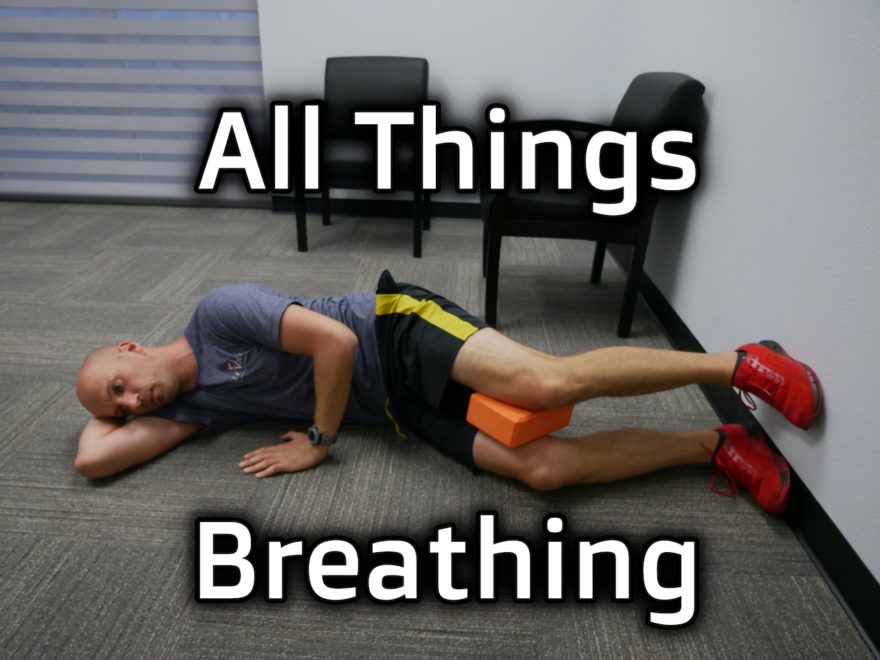
All Things Breathing
Okay breathing is important, but how? This post will tell you
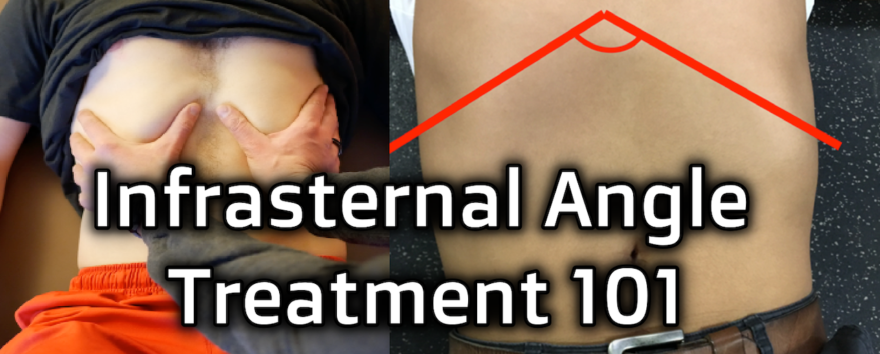
Infrasternal Angle Treatment 101
I measured the infrasternal angle…..uhhh, now what? No doubt you’ve heard a bazillion things about the infrasternal angle. You maybe…

Infrasternal Angle Compensations and Treatments
A deep dive into the infrasternal angle Movement Debrief Episode 115 is in the books. Below is a copy of…
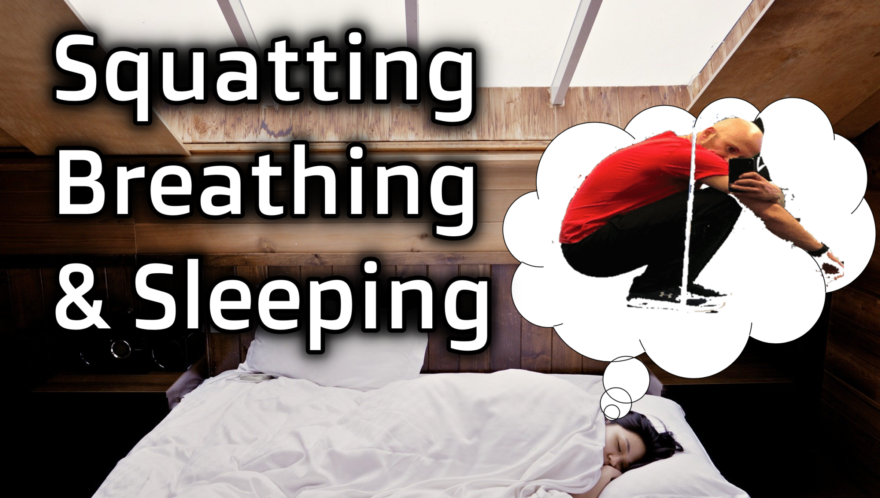
Squatting, Breathing, and Sleeping
What does squatting, breathing, and sleeping all have in common? The answer is airway management. In order to squat well,…
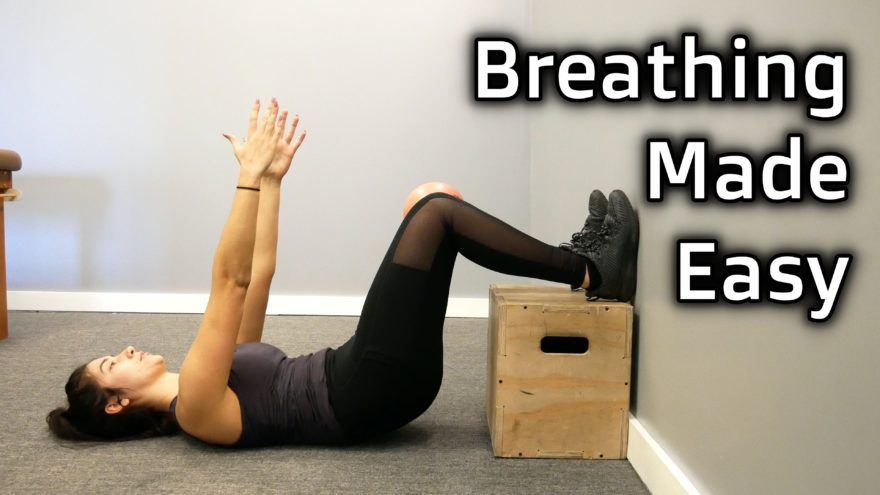
Breathing Made Easy
The starting point for learning about breathing This breathing stuff is confusing, isn’t it? You hear all of this foreign…

All About the Scapula – Movement Debrief Episode 109
Movement Debrief Episode 109 is in the books. Below is a copy of the video for your viewing pleasure, and…

Pregnancy, Pectus, and Bruxism – Movement Debrief Episode 106
Movement Debrief Episode 106 is in the books. Below is a copy of the video for your viewing pleasure, and…

Top 10 Debriefs of 2019
At the end of each year, I like to see what you beautiful…sexy…outstanding people liked. What the fam….recognized (fam). I…
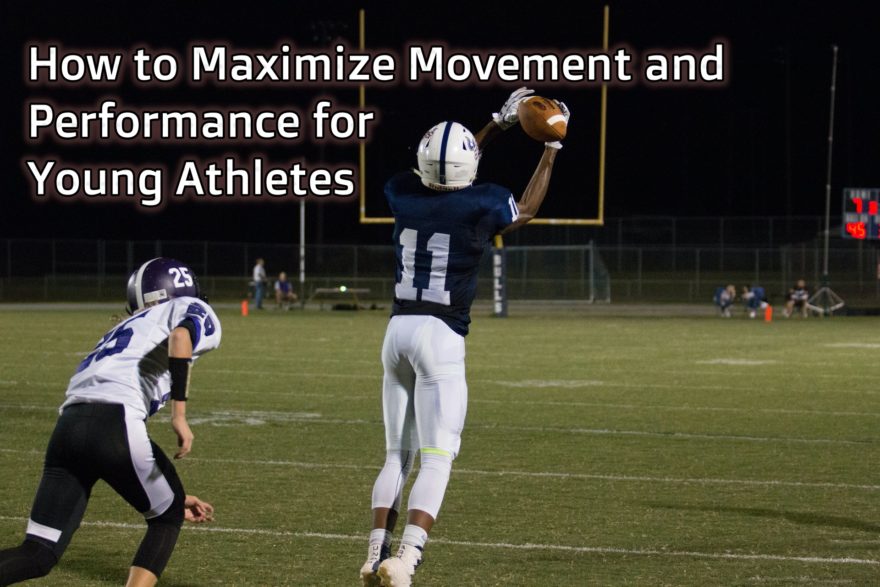
How to Maximize Movement and Performance for Young Athletes
Strength and conditioning for young football players is a bit, oh how do I put it…. Outdated When you take…
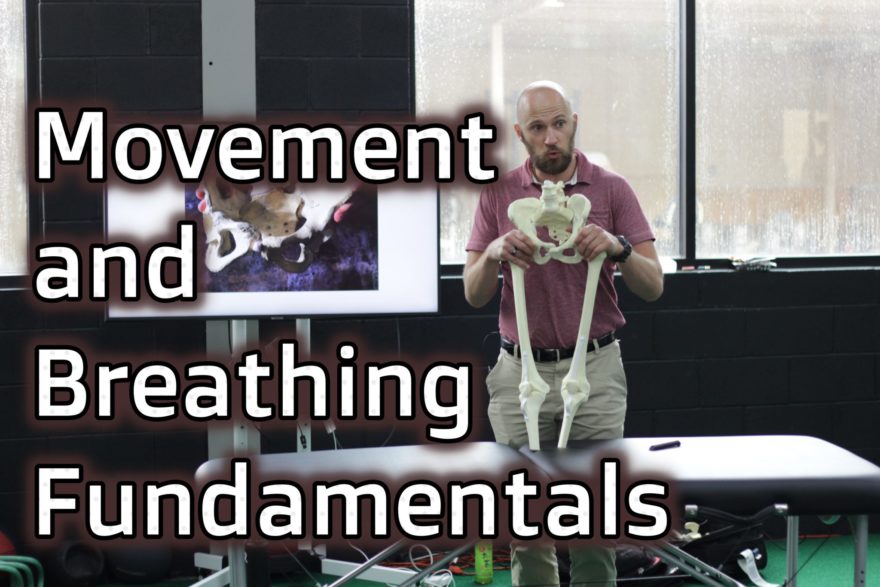
Movement and Breathing Fundamentals
Choosing movements that are best for a client requires knowledge of basic biomechanics. That includes the biomechanics of respiration. Yet…
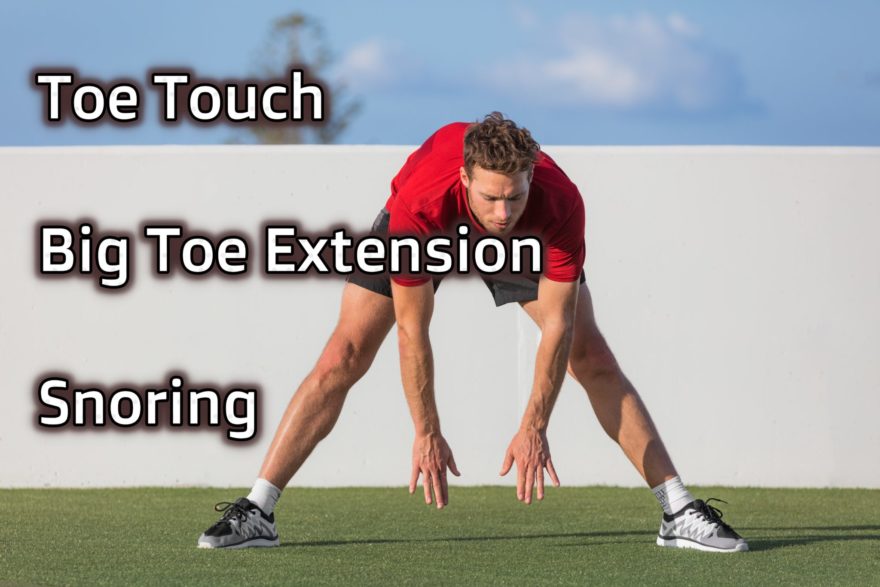
Toe Touch, Big Toe Extension, and Snoring – Movement Debrief Episode 89
Movement Debrief Episode 89 is in the books. Below is a copy of the video for your viewing pleasure, and…

Staying Current, Tennis Elbow, and Obers Test – Movement Debrief Episode 87
Movement Debrief Episode 87 is in the books. Below is a copy of the video for your viewing pleasure, and…

